Blog
-
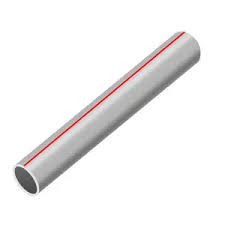
The difference between PPR pipe and PE pipe
PPR pipe and PE pipe can be used as drinking water pipes, here is to compare the advantages of the two kinds of pipe. In drinking water, PE generally do cold water pipe; PPR (special hot water material) can be used as hot water pipe. What want to say above all is PPR tube and PE to give conduit can serve as drinkable conduit, basically compare the superiority of two kinds of tube material respectively here. In drinking water, PE generally do cold water pipe; PPR (special hot water material) can be used as hot water pipe; PPR (cold water material) can also be used as cold water pipe; If you want to make hot water pipes, of course, PPR is good; (if be in the drinking water pipe in domestic outfit, that need not distinguish, it is to use PPR to compare PE basically more), with the improvement of current economic condition, ignore cold hot water to use PPR hot water pipe directly on a lot of projects.Read more -
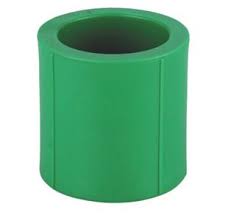
What Is PPR Pipe For Cold And Hot Water From Hebei Sinostar?
PPR is the abbreviation of tripropyl polyethylena, also known as random copolymer polypropylene tube, mainly divided into cold water pipe and hot water pipe two types, connected by welding, PPR pipe has its own welding and cutting tools, and has a higher plasticity. The price of the PPR pipe is very economical. Plus insulation layer, better insulation properties, the wall is also very smooth, not including the female and male adapters. The PPR water tubes are generally used for embedded walls, or deep well embedded pipe. PPR water pipes with its moderate price, stable performance, heat insulation, corrosion resistance, smooth wall without scale, safe and reliable pipeline system.can be used over 50 years. But the construction technology requirements are high, the PPR pipes need to use special tools and professional construction, in order to ensure system security.Read more -
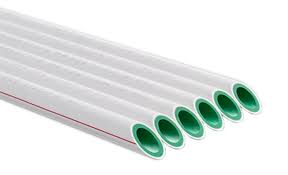
What You Need to Know About PPR Pipes and Fittings
PPR (polypropylene) pipes and fittings are becoming popular in 2022 in numerous water and wastewater applications. They are strong, durable, and corrosion-resistant, making them an excellent choice for many applications. Today, in this blog, we will highlight some of the main benefits of using PPR pipes. But before moving ahead, let’s know how these pipes are processed.Read more -
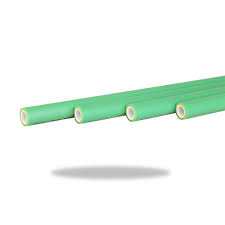
Why PPR pipes are the preferred choice for hot water supply
PPR pipes are typically joined using a heat fusion process, which involves melting the ends of the pipes and fusing them together. This creates a strong, leak-proof joint that is capable of withstanding high pressures and temperatures.Overall, PPR pipes are a versatile and reliable option for a variety of plumbing and industrial applications and are often preferred over other types of piping materials due to their high temperature and corrosion resistance, long lifespan, and ease of installation.Wavin is one of the leading manufacturers of sanitary pipes and fittings in the world, providing the best-quality PPR pipes for hot water supply, which are manufactured using high-grade materials to ensure highly reliable and long-lasting services.Read more -
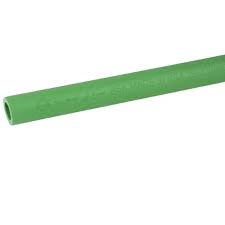
What Are PPR Pipes? Features And Applications
PPR water pipes (Polypropylene Random Copolymer pipes) are a type of plastic pipe made from a blend of polypropylene and ethylene copolymers. PPR is a high-technology plastic pipe, which is modern plumbing’s important solution when matched to cold galvanized pipes for all hot water systems. PPR Pipe and fittings are made with high-grade raw materials. It is one of the essential plastic pipe products which are used for extreme tempratures ranging from -20°C to 95°C. Mostly these pipes are green or white in color.These Pipes are made with a variety of fittings, accessories, and replacement components and each pipe diameter has its own set of attachments.Read more -
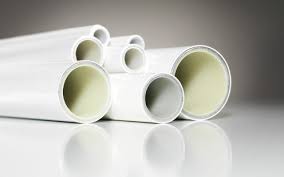
WHAT IS PPR PIPE & WHAT IS IT USED FOR?
Since the last two decades, the application of PPR pipes is finding it’s commonplace, because of its cost-effectiveness, durability, and reliable service life. As a contractor, you may have been curious as to why some of the notable companies are selecting to produce PPR over PE and PVC pipes. In the following blog, we will be covering the basics of PPR pipes, their advantages, features along with its most common applications. So, let’s begin with the basics.Read more -
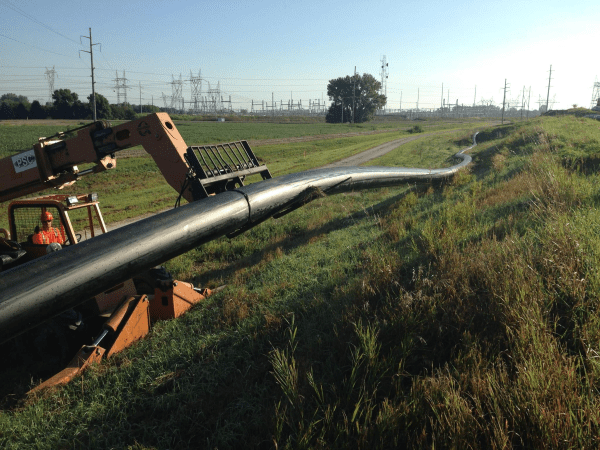
What is High-Density Polyethylene Pipe Used For? HDPE PIPES
In the vast landscape of modern infrastructure, the choice of piping material plays a crucial role in ensuring efficiency, durability, and sustainability.Read more -
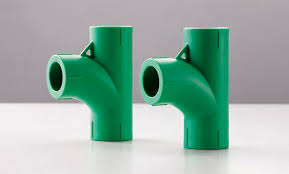
What is a PPR Pipe? PPR Piping System Uses, Manufacturer & Supplier
PPR Pipe is an important component of any plumbing system, yet few people are familiar with it. In this blog, we will discuss everything you need to know about PPR Pipe, including its applications, benefits, and how to find a reputable manufacturer and supplier in India. Read this blog till the end to find out more about this adaptable and economical pipe system.Read more -
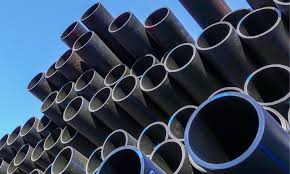
HDPE Pipes Features And Applications HDPE PIPES
The full form of HDPE is High-Density Polyethylene. HDPE pipes are made through a process known as extrusion and in this process , HDPE material is heated to a semi-molten state and then it is forced through a die to form a tube.Read more -
 High-density polyethylene (HDPE) is a strong, impermeable, and flexible thermoplastic. HDPE is ideal for water and wastewater pipelines as well as oil and gas transfer systems. In fact, this reliable and durable material often replaces metallic or concrete pipelines in these applications.Read more
High-density polyethylene (HDPE) is a strong, impermeable, and flexible thermoplastic. HDPE is ideal for water and wastewater pipelines as well as oil and gas transfer systems. In fact, this reliable and durable material often replaces metallic or concrete pipelines in these applications.Read more -
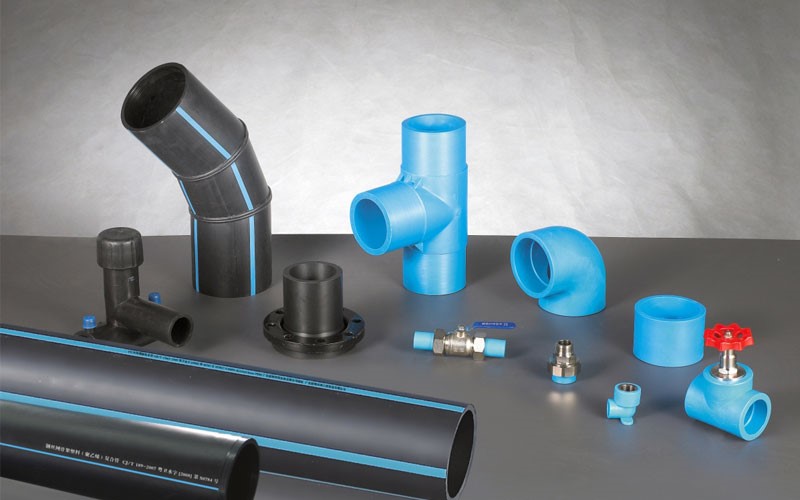
The Comparison of PE Pipe and HDPE Pipe HDPE PIPES
Plastic products have been in use for many decades. With advancements in technology, more thermoplastic products have graced the industries and more is expected to change.Read more -

What Is the Difference Between PPR Pipe and PVC Pipe?
PVC is relatively heavy, and its corrosion resistance is better than PPR, but it is not resistant to high temperatures. It is often used for cold water transportation. Installation cannot be hot-connected, and only PVC glue can be used. The waste of pipe fittings can also be used for a second time and used in other PVC products.Read more

